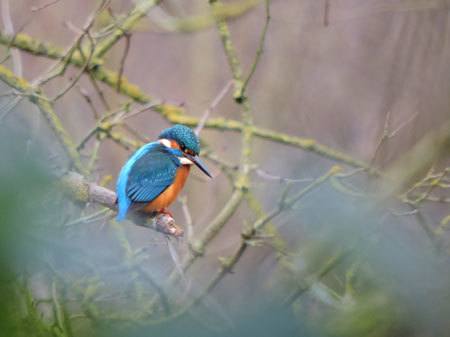
The Wandle Valley boasts a number of wildlife habitats for flora, fauna and wildlife. These include the river itself, river banks and margins, wetlands, grasslands, woodland and more traditional horticultural park landscapes.
The valley has a chain of 12 Local Nature Reserves (LNRs):
- Morden Hall Park
- Wandle Meadow Nature Park
- Ravensbury Park
- Sutton Ecology Centre Grounds
- Watermeads (Mitcham)
- Bennett’s Hole Wetlands
- Wandle Valley Wetlands
- Spencer Road Wetlands
- Wilderness Island
- Beddington farmlands
- Mitcham Common
- Cranmer Green
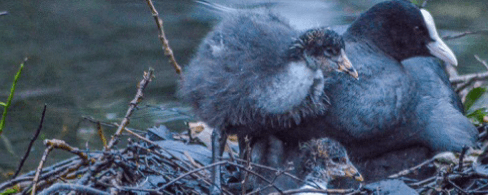
Flagship Species indicators of bio-diversity found along the Wandle are:
- Sticklebacks Three-spined stickleback:(Gasterosteus aculeatus)
- Ten-spined stickleback: (Pungitius pungitius)
- The three spined stickleback is one of the most familiar fish of Britain’s freshwater streams and ponds.
- Watercress (Rorippa nasturtiumaquaticum) -A native species – watercress was grown commercially alongside the Wandle well into the last century.
- Kingfisher (Alcedo atthis) – Historical population decline but now recovering. Vulnerable to habitat degradation through pollution or unsympathetic management of watercourses.
- Grey wagtail (Motacilla cinerea) – Often seen along the Wandle and more colourful than its name suggests with a distinctive yellow breast and under-tail.
- Water vole Arvicola terrestris – It is suggested that this species no longer inhabits Sutton’s waterway however a London wide project seeks to reintroduce this charismatic mammal and specifically the Wandle Valley project in Poulter Park has aimed to do this.
Wetlands
Historically, when the river was less subjected to man’s influence in channelling and controlling the flow, the Wandle would have been a much more meandering stream, with significant areas of wetlands. Much of this character has been lost over the years as the river has been straightened and canalised. Some (fairly significant) wetlands survive, notably at;
- Watermeads wetland Nature Reserve
- Morden Hall Park
- Bennett’s Hole
- Wilderness Island
- Spencer Road wetlands
- Wandle Valley Wetlands
The Wandle river catchment plan
The overall aim of the Wandle Catchment Plan is for the River Wandle to be a naturally functioning and self-sustaining chalk stream rich in biodiversity and a haven for Londoners. The Catchment Plan is led by The Wandle Trust, an environmental charity dedicated to working with local people to restore and maintain the health of the River Wandle and its catchment. The Wandle Catchment Plan will complement other initiatives within the catchment, in particular the Wandle Valley Regional Park, so that we can implement best practice and together secure a healthy future for the River Wandle.
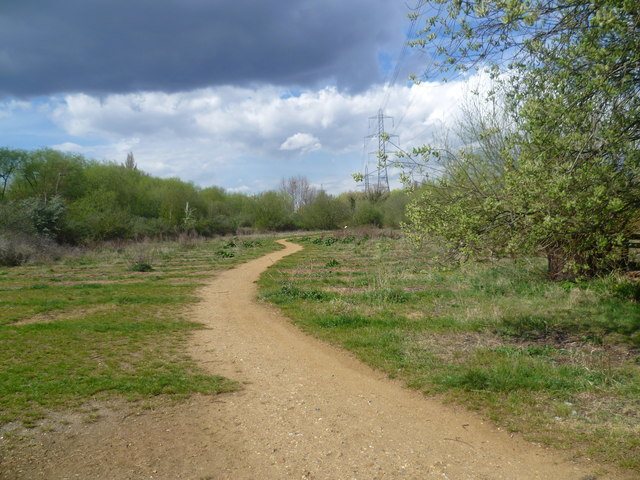
Nature reserves
Some of the green spaces to be found along the Wandle Valley are designated nature reserves. For example, Wandle Meadow Nature Park was, until recently, a sewage works, now inhabited by frogs, toads and newts, with plant life including hawthorn, silver birch, ash, hazel, field maple, dog-rose and blackthorn. Newly opened to the public in 2015, is Watermeads, a National Trust nature reserve, which, between the wars, was planted with cricket bat willows.
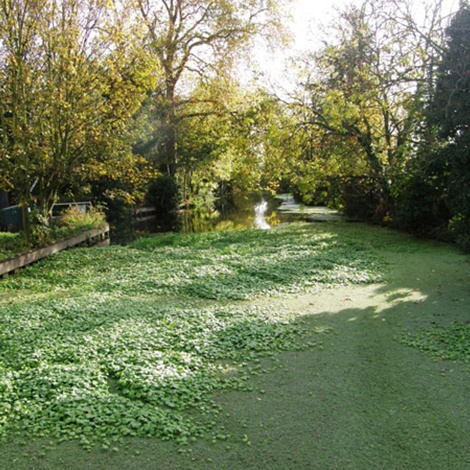
Plants aplenty
Plants you’ve heard of, like Buttercup and Daisy, and plants that you may never have heard of, let alone seen, like Marsh Yellow Cress, Garden Angelica and Reed Mace— those and so many more are to be found along the Wandle Valley.
Some plants are invasive and conservationists are fighting an ongoing battle to keep them under control, to prevent them from eradicating other species. The main culprits are Himalayan Balsam and Floating Pennywort. See our project pages.
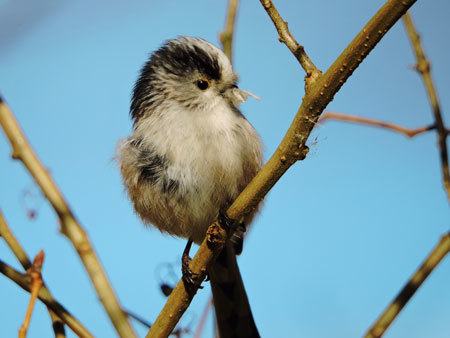
Birds
The Wandle Valley has been reported as listing up to 104 species of birds in the river catchment, with over 250 species recorded in the Beddington Farmlands site and about 150 seen every year. Bedlington Farmlands is one of the best birdwatching sites in London, and is ion the process of extensive restoration and will become a major nature reserve for the public in the heart of the Regional Park
Winter birds on the Wandle
Mute swan | Canada Goose | Egyptian goose | Gadwall | Teal | Mallard | Shoveler | Pochard | Tufted Duck | Little Grebe | Cormorant | Little Egret | Grey Heron | Water Rail | Moorhen | Coot | Snipe | Redshank | Kingfisher | Grey Wagtail
Summer Birds on the Wandle
Mute swan | Canada Goose | Mallard | Tufted Duck | Little Grebe | Grey Heron | Moorhen | Coot | Redshank | Kingfisher | Grey Wagtail | Pied Wagtail | Reed Sagtail | Reed Warbler | Reed Bunting

